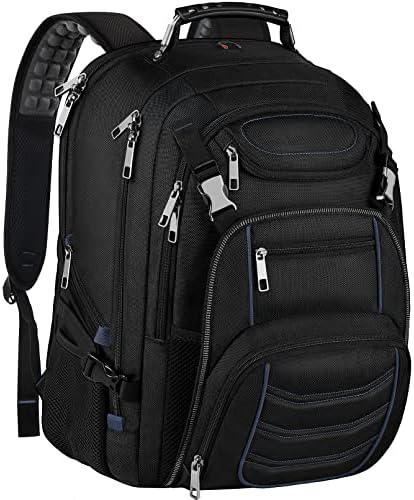Peterbilt and Cummins learned plenty of lessons through their partnership in the original SuperTruck program, funded with support from the U.S. Department of Energy (DoE). Much of the technology that emerged led to the Peterbilt Model 579, and features such as predictive cruise control and low rolling resistance tires.
“We estimated one time [that] over 70% of what we did in SuperTruck I is in our products today,” says Peterbilt chief engineer Scott Newhouse.
Doubling down on the first program, SuperTruck II has pushed the limits further still, with a truck that has drivers sitting in the center of the cab, cameras replacing West Coast Mirrors, and a 132% boost in freight-ton efficiency – well above the program’s goal of a 100% increase.

Waste heat recovery
Thank a mild hybrid powertrain, lightweight chassis, and waste heat recovery system for many of the gains.
It’s not the first time waste heat recovery systems have been explored. SuperTruck I included a version of the technology, although that was never commercialized.
“Waste heat recovery is one that has never really proven itself to make the ROI, but it is something that has continued to improve,” Newhouse said, offering a tour of the truck displayed during the Consumer Electronics Show (CES) in Las Vegas.
While the system in the original SuperTruck pulled waste heat from the exhaust, the system in SuperTruck II captures heat generated everywhere from the exhaust to the cooling system.
“We’ve made it more efficient, get that much better improvement, and we’re applying it differently into the powertrain to add that for efficiency,” he said.
The hybrid system that emerged captures waste heat and converts it into electric power that can be used to reduce the load on the engine. “We actually believe it could evolve … at most highway speeds or flat lands, you could almost run off that electric motor, turn the engine off completely.”
Other electrical features include a 48-volt generator. There’s no alternator to be had.

Aerodynamic enhancements
Perhaps the most striking features of the truck come in the form of a bullet-shaped design that betters the aerodynamics of SuperTruck I by 25%.
Some practical limits still had to be considered when making that a reality. The front end needed to support a cooling package for the engine. And needs as diverse as driver visibility and interactions with windshield wipers played a role in just how forward the raked windshield could be positioned.
“Sometimes when the windshield feels too far away, you feel like you don’t see things as well,” Newhouse said as an example.
It’s not the only place aerodynamics are enhanced. Fairings hug the road, and the cab will drop four inches at highway speeds. Dynamic rubber extenders that stretch back eight inches at the rear of the cab are plumbed into air bladders and adjust to control the flow of air from truck to trailer.
“A lot of people think aerodynamics is just driving straight down the road,” Newhouse explained. “When you have crosswinds, air can get trapped between a trailer and truck.”

As important as the shape may be, other gains were realized by reducing weight. A modular approach to the frame replaced a straight set of steel rails with a mixture of steel and aluminum pieces.
“It could also be a benefit from a manufacturing perspective,” Newhouse said. “It puts the strength where you need it. So you get the steel where you need it. You apply the aluminum where it’s the best fit, and that gets you your weight benefit.”
Rethinking the truck cab
The engineering project was about more than fuel economy alone. Features for drivers include a wraparound dash, pull-out desk, 15-inch display for virtual gauges and vehicle data, and another display to incorporate controls for the HVAC, infotainment, and navigation systems.
As forward-looking as the truck may be, there are still little features that offer a nod to traditional needs. Given the entry set further back from traditional positions, and the articulated seat in the center of the cab, drivers are given a pop-out window that can be used to pass paperwork to people outside the truck.
“A lot of times, people go ‘Oh, you guys are creating these technology trucks just to play around,’” Newhouse said. “We actually are trying to bring these technologies to the marketplace.”











